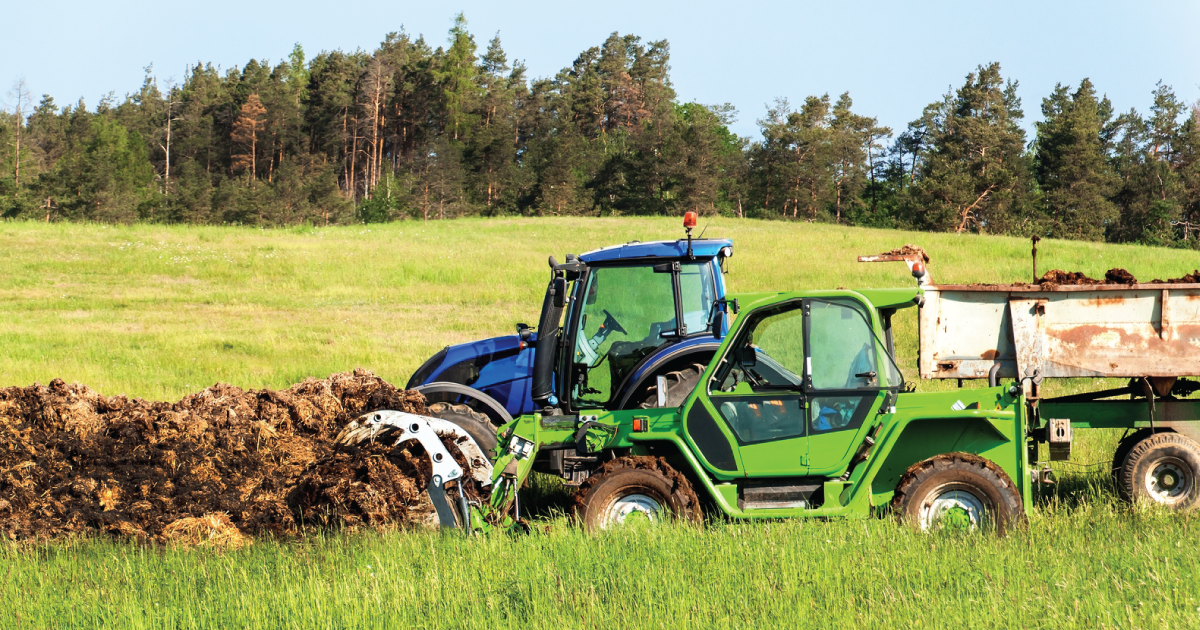
Biosolids Application to Agricultural Soil: Heavy Metal As Key Driver of Antibiotic Resistance Under Co-Occurrence of Multiple Selective Pressures
September 30, 2025 | Source: Science Direct | by Tao Sun, Pierre Delaplace, Guigua Li, Anina James, Junting Pan, and Jianfeng Zhang
The application of biosolids can improve soil fertility and nutrient cycling but also can pose risks of heavy metals and antibiotics introduction. The individual effects of heavy metals and antibiotics accumulation on soil microbial communities and functions have been reported, however, their combined effects during biosolids application to agricultural soil remain unclear. In order to explore the effects of long-term biosolids application on soil microbial communities, we sampled soil from a field experiment spanning 16 years of biosolids application and determined the abundance of resistance genes in the soil. The results showed that long-term biosolids application significantly increased the abundance of antibiotic resistance genes (ARGs) and metal resistance gene (MRGs), especially of aminoglycoside and Zn resistance genes. Based on these results we conducted a microcosm experiment that involved the addition of both a heavy metal and an antibiotic to the soil. This experiment showed that both heavy metals and antibiotics significantly affected soil microbial communities, with heavy metals acting as the primary selective pressure, potentially driving the simultaneous enrichment of both metal and antibiotic resistance genes. Further, core microbiome abundance was positively related to ARGs, MRGs and mobile genetic elements (MGEs) abundance, and explained the variations in antibiotic genes. In addition, core microbiome abundance showed positive relationship with microbial community stability. These findings emphasize the need for careful management of biosolids application to mitigate the risks associated with resistance genes accumulation, which could pose long-term ecological and agricultural challenges. Additionally, the positive relationship between core microbiome abundance and microbial community stability underscores the potential role of microbial communities in enhancing soil resilience against environmental stressors.
The post Biosolids Application to Agricultural Soil: Heavy Metal As Key Driver of Antibiotic Resistance Under Co-Occurrence of Multiple Selective Pressures appeared first on Organic Consumers.










